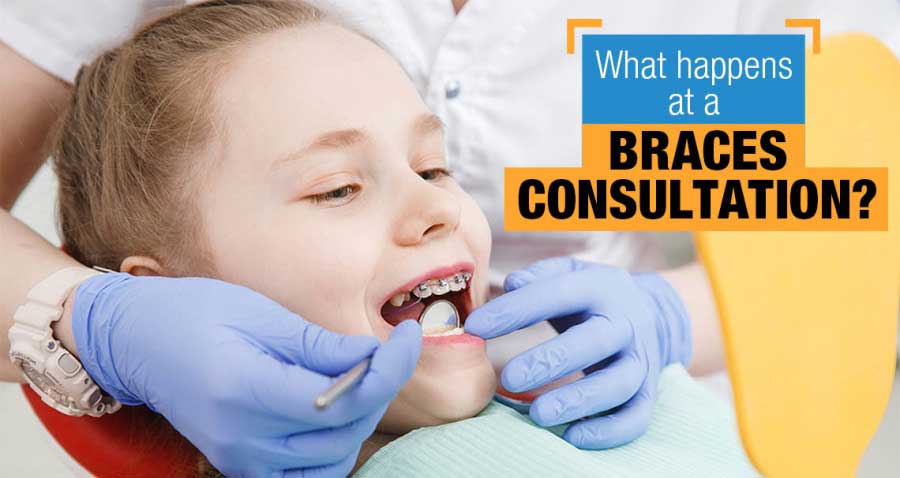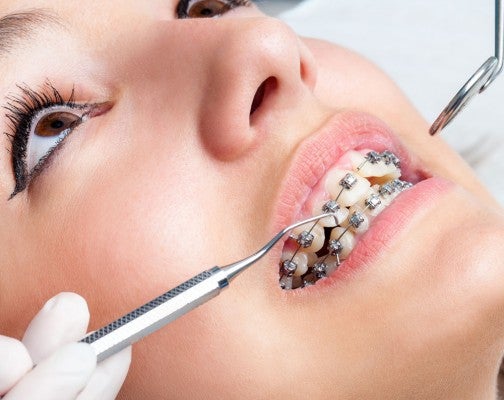Why Cumming Invisalign is the Perfect Option for a Discreet Orthodontic Service
Why Cumming Invisalign is the Perfect Option for a Discreet Orthodontic Service
Blog Article
Comprehensive Overview to Orthodontics Treatments for Correcting Dental Imbalances
Understanding the details of each treatment, including their mechanisms, benefits, and potential drawbacks, is essential in making educated choices concerning one's orthodontic therapy. As we browse via the thorough overview to orthodontic treatments for dealing with oral imbalances, the complex information of each technique will unravel, dropping light on the path toward a harmonious and functional dental positioning.
Orthodontic Procedures Review

In enhancement to standard braces and clear aligners, orthodontists may additionally suggest other treatments like headgear, palatal expanders, or retainers to address details positioning concerns (orthodontics). These procedures are customized to each person's special needs and may entail a mix of therapies to attain the wanted outcomes. Regular changes and surveillance are critical parts of orthodontic therapy to guarantee progression is on track and to make any necessary adjustments along the road. By going through orthodontic treatments, patients can not only attain a straighter smile yet also improve their general dental health and function.
Standard Dental Braces: Just How They Function
When thinking about orthodontic treatments for dental misalignments, conventional braces stick out as a time-tested method for correcting teeth positioning. Conventional dental braces are composed of brackets, cables, and bands that collaborate to apply continuous pressure on the teeth, progressively relocating them right into the wanted alignment. The brackets are affixed to the teeth utilizing an unique adhesive, and the wires are threaded through the braces. By changing the stress of the cables, orthodontists can control the instructions and pressure used to each tooth, directing them right into appropriate alignment with time.
One secret aspect of exactly how traditional braces job is the process of bone remodeling. As stress is put on the teeth with the dental braces, the bone bordering the teeth is reshaped to sustain the brand-new tooth settings. This improvement is necessary for the long-term stability of the dealt with alignment. People will need normal changes at the orthodontist's office to make sure the dental braces remain to apply the proper pressure for effective teeth motion.
Unnoticeable Aligners: Cons and pros
These clear, personalized trays are basically undetectable when used, making them an appealing alternative for people looking for a much more aesthetically pleasing orthodontic therapy. People can eliminate the aligners before consuming or brushing their teeth, decreasing the threat of food obtaining stuck in the appliance and streamlining the cleaning process.

Surgical Orthodontic Options
Surgical treatments in orthodontics existing practical choices for resolving complex dental misalignments that may not be successfully settled through conventional orthodontic treatments. While conventional dental braces and unseen aligners can fix lots of orthodontic problems, particular instances call for medical treatment to attain optimum outcomes. Surgical orthodontic alternatives are typically recommended click here for more info for severe malocclusions, significant jaw discrepancies, and cases where the underlying bone structure needs modification to attain correct positioning.
One typical surgical orthodontic procedure is orthognathic surgery, which involves rearranging the jaws to deal with useful concerns such as problem speaking or eating. This surgical procedure is usually executed in partnership with an orthodontist who aids align the teeth before and after the treatment. Surgical orthodontics might likewise entail treatments to subject impacted teeth, get rid of excess gum cells, or improve the jawbone to develop a more harmonious face profile.
Before considering medical orthodontic choices, clients undergo an extensive assessment to determine the need and potential advantages of such interventions. orthodontics. While surgical procedure might seem complicated, it can substantially enhance both the feature and visual appeals of the smile in situations where standard orthodontic treatments fall short
Retainers and Post-Treatment Treatment

Failure to conform with post-treatment treatment instructions can result in relapse, where the teeth gradually move back towards their original settings. Consistent retainer wear, great oral hygiene, and routine dental examinations are crucial for keeping the outcomes accomplished via orthodontic surgical procedure and making certain the lasting security of the dealt with oral placement.
Verdict
In verdict, orthodontic procedures offer numerous alternatives for fixing dental imbalances. Surgical orthodontic options are readily available for a lot more severe imbalances. In general, orthodontic procedures can effectively enhance dental wellness and aesthetic look.
As we navigate via the extensive overview to orthodontic treatments for correcting oral misalignments, the complex details of each approach will unravel, losing light on the path towards a harmonious and useful dental positioning. - cumming invisalign
One of the most typical orthodontic therapies is the usage of braces, which are composed of steel brackets and cables that use gentle stress to progressively shift teeth right into the desired setting.When taking into consideration orthodontic treatments for dental imbalances, traditional braces stand out as a reliable approach for correcting teeth placing. In addition, unnoticeable aligners might anchor not be ideal for complex orthodontic problems that need even more substantial teeth motion, as they are generally suggested for light to modest cases. Retainers are customized orthodontic gadgets made to hold teeth in their corrected settings after the conclusion of orthodontic therapy.
Report this page